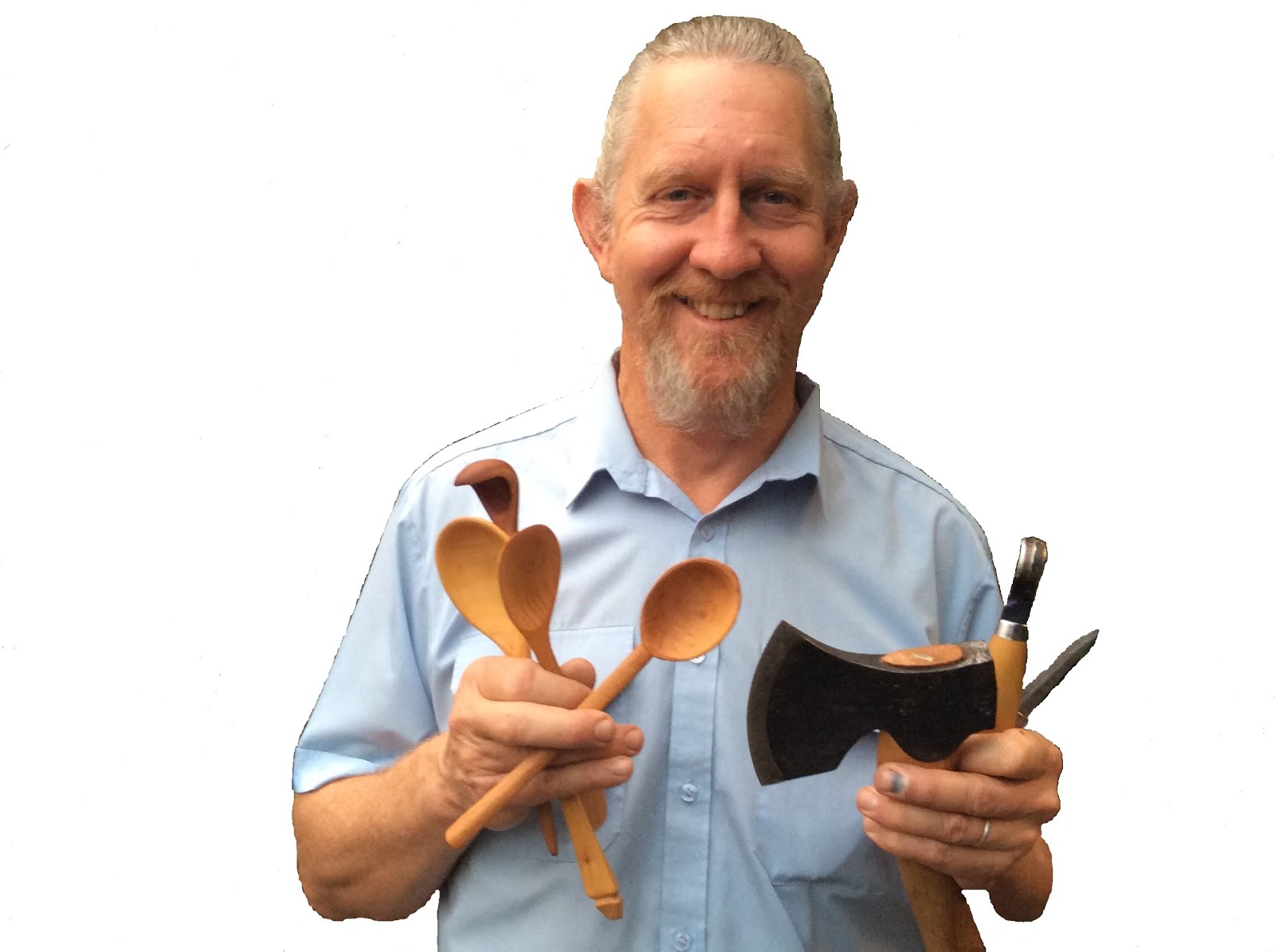I am not talking about those crappy folding metal and pine things, which wobble around and carry warning stickers saying you should not stand on then. I am referring to properly made traditional saw stools. Traditionally made from jarrah in Western Australia, these are rigid and can carry considerable loads. I have in use some that are well over 50 years old and which have worked hard all their lives. These type of saw stools were standard equipment for carpenters, joiners and cabinet makers for generations.
I had a big job to do recently, which involved working on site in Kalamunda for 3 weeks solid. I took a portable jarrah work bench with me, as there was a fair bit of bench work to do over those 3 weeks. Of course I also needed to use 2 pairs of low saw stools and 2 pairs of taller saw stools on site for that period as well.
While I worked on the job, I got thinking: How can I create a saw stool X workbench hybrid, which would be more portable than my portable work bench?
So I have played with the idea, and the result is a Saw Stool which looks like it has been on steroids:
 View of the beast - a hybrid between a saw stool and a bench.
View of the beast - a hybrid between a saw stool and a bench.Here are the specifications:
Height: 880mm. The legs have a 10 degree splay to the ends and to the sides.
Length: 980 (plus tail vice outer cheek equals 1030mm overall.
Width: Pine 220mm, including jarrah front edge equals 260mm.
Tail vice: Maximum bite 240mm
· Minumum bite between dog holes: 240mm
· Maximum bite between dog holes: 1040mm.
Front vice: Maximum bite 140mm
· Minimum bite between dog holes: 110mm
· Maximum bite between dog holes: 390mm.
A 25mm square Tuart guide rod maintains the orientation of the vice cheek with the single vice screw.
Almost whole thing is made from recycled salvage material :
· Pine top – from a 10” x 3” solid pine beam.
· Legs, rails, and other odds and sods – from some 3”x2” jarrah wall studs.
· “Breadboard ends” - from an old jarrah door sill. · Jaw cheeks of the front and tail vices – from a jarrah 8”x2” ceiling joist.
· Vice handles made from Peppermint (Agonis flexuosa) I milled years ago.
· Tail vice guide rod made from a piece of Tuart (Eucalyptus gomphocephala) leftover from the making of the Endeavour Replica.
· The tail vice screw and front vice are those imported ones from China or Taiwan, bought from my local woodworking shop. The front vice is the smaller of the two models available locally, and is pretty disappointing. Its guide rods and screw are not square to the metal vice front and rear, and are barely parallel. However the tail vice screw is a ripper. These metal components cost less than $100 in total. I put the additional bit of jarrah onto the front side of the pine to beef up the work area a bit and provide a more durable front edge to the work area. The only reason I used pine was to help keep down the weight!
Almost whole thing is made from recycled salvage material :
· Pine top – from a 10” x 3” solid pine beam.
· Legs, rails, and other odds and sods – from some 3”x2” jarrah wall studs.
· “Breadboard ends” - from an old jarrah door sill. · Jaw cheeks of the front and tail vices – from a jarrah 8”x2” ceiling joist.
· Vice handles made from Peppermint (Agonis flexuosa) I milled years ago.
· Tail vice guide rod made from a piece of Tuart (Eucalyptus gomphocephala) leftover from the making of the Endeavour Replica.
· The tail vice screw and front vice are those imported ones from China or Taiwan, bought from my local woodworking shop. The front vice is the smaller of the two models available locally, and is pretty disappointing. Its guide rods and screw are not square to the metal vice front and rear, and are barely parallel. However the tail vice screw is a ripper. These metal components cost less than $100 in total. I put the additional bit of jarrah onto the front side of the pine to beef up the work area a bit and provide a more durable front edge to the work area. The only reason I used pine was to help keep down the weight!

Putting the beast to the test.
I had a job to do on a different site straight after I have made the beast, so had a good chance to road test it. I was not disappointed. It worked brilliantly.
This job involved removing a customer's front entry joinery, then installing and modifying a beautiful old piece of art deco joinery obtained from a demolished building and adding two more art deco side light sashes either side. This involved lots of tricky hand work on site, where the beast proved to be invaluable.
This job involved removing a customer's front entry joinery, then installing and modifying a beautiful old piece of art deco joinery obtained from a demolished building and adding two more art deco side light sashes either side. This involved lots of tricky hand work on site, where the beast proved to be invaluable.
The holding capacity of the dogs worked really well, and both vices worked well holding components as I made them.
The only change I will make will be to add a removable shelf underneath, sitting across the spreaders, as there is nowhere to put tools being used.
.jpg)



